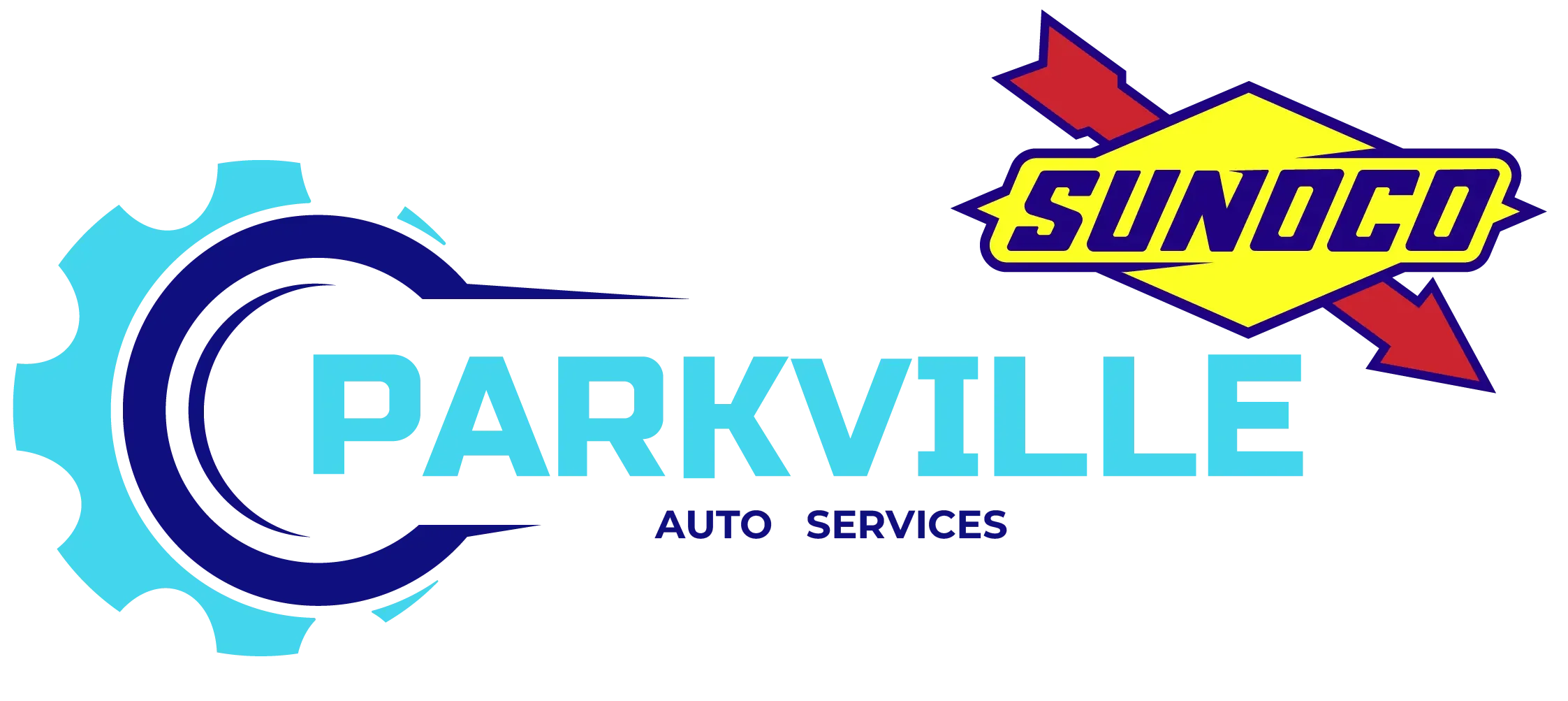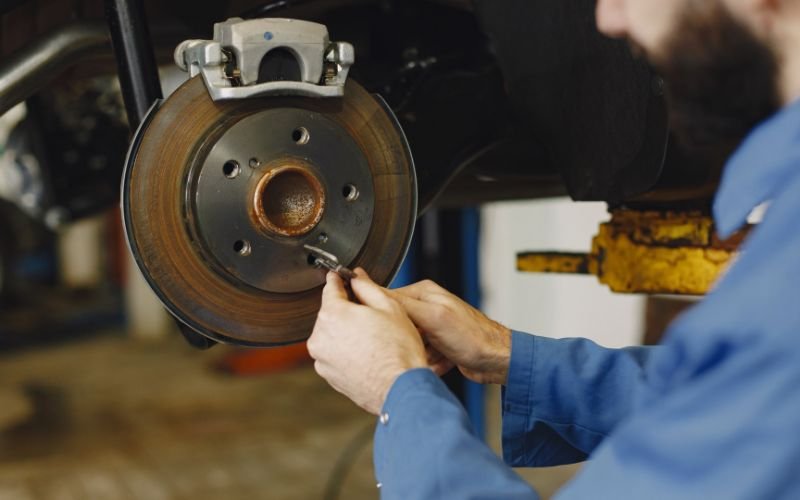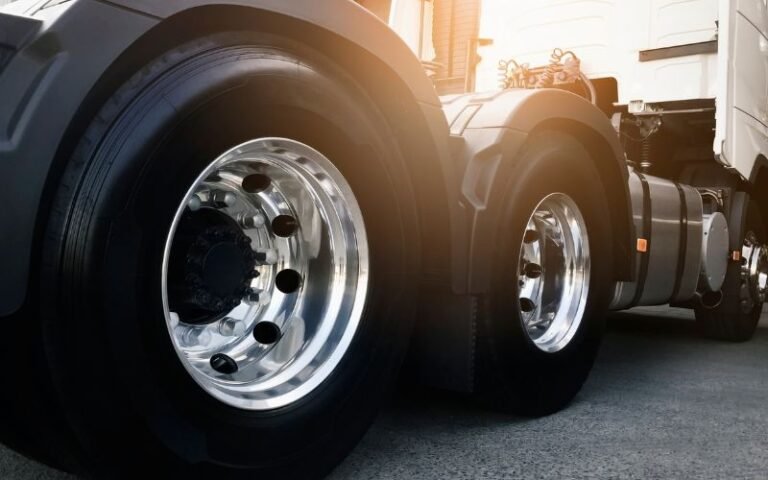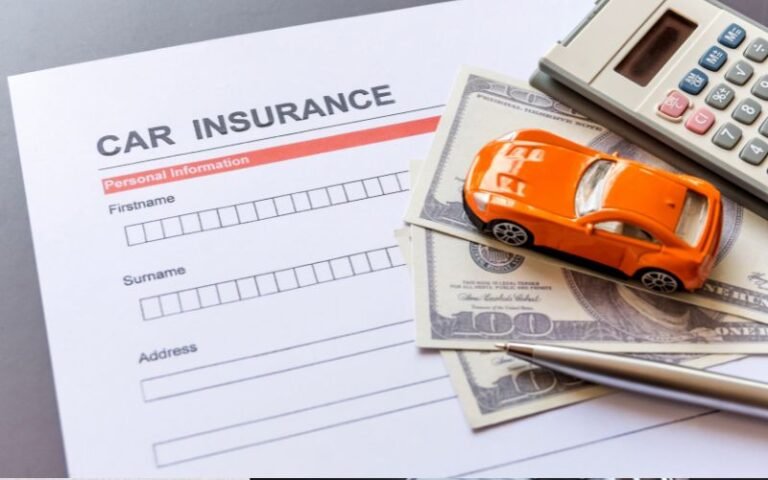Car Brake Repair Services
Brakes are the most vital safety component in any vehicle. When you hit the brake pedal, you expect an instant and smooth stop. But what happens when the braking system does not respond the way it should?
That’s when car brake repair services become crucial; not just for your vehicle’s health but for your safety, your passengers, and everyone on the road.
Yet many drivers delay brake repairs due to cost, time, or lack of awareness. Unfortunately, ignoring early signs like squeaky brakes, longer stopping distances, or grinding noises can lead to expensive and sometimes dangerous consequences.
In this comprehensive guide, we will break down everything you need to know, from identifying common brake issues to understanding how often you should service your brakes.
Signs You Need Brake Repair
Knowing when to schedule a brake inspection and repair can save you from serious problems down the road. Here are the most common signs your brakes need professional attention:
Warning Signs:
- Squealing or Squeaking Brakes: Often caused by worn brake pads
- Grinding Noise: Metal-on-metal friction indicates pads are completely worn
- Soft Brake Pedal: Air or fluid leak in the hydraulic brake system
- Vibrations or Pulsing: Warped brake rotors or uneven wear
- ABS Warning Light: Problem with anti-lock brake system
- The car pulls to One Side: Caliper or brake line issue
- Longer Stopping Distances: Reduced brake performance or worn components
If you experience any of these symptoms, schedule auto brake repair services immediately. Delaying can lead to more expensive repairs or even complete brake failure.
Common Brake System Issues
Your vehicle’s brake system involves more than just pads and rotors. Here are the key components that may require attention:
Brake Components That Often Need Repair or Replacement:
- Brake Pads: Typically wear out every 25,000 to 70,000 miles
- Brake Rotors/Discs: May need resurfacing or replacement due to warping
- Brake Calipers: Can seize or leak
- Brake Fluid: Needs flushing every 2 years or as per the manufacturer’s recommendation
- Brake Lines: Susceptible to leaks and corrosion
- Master Cylinder: Key component in hydraulic brake pressure
Each part plays a role in brake performance, and regular inspections can catch wear before it becomes a hazard.
What Happens During a Brake Repair Service?
When you visit a professional brake repair service, here is what the technician typically performs:
Standard Brake Service Checklist:
- Inspect all four wheels
- Measure brake pad thickness
- Check rotor condition (resurface or replace if needed)
- Test calipers and hydraulic components
- Top off or flush brake fluid
- Examine brake lines and hoses
- Test drive the vehicle to confirm functionality
Depending on findings, your brake service may include:
- Brake pad replacement
- Rotor resurfacing
- Caliper replacement
- Fluid flush
- Brake system diagnostics
Brake Pad Replacement vs Full Brake Service
Many customers confuse a simple brake pad replacement with a full car brake repair service. The difference matters.
Brake Pad Replacement Only:
- Replaces worn-out pads
- Does not address rotors, fluid, or calipers
- Inexpensive and quick
- Short-term solution
Full Brake Repair Service:
- Inspects and services the entire system
- Replaces pads, resurfaces, or replaces rotors
- Flushes fluid and checks hydraulics
- Long-term solution and safety-focused
While affordable brake service options exist, always prioritize quality and thoroughness. Brake failure can cost more than money; it can cost lives.
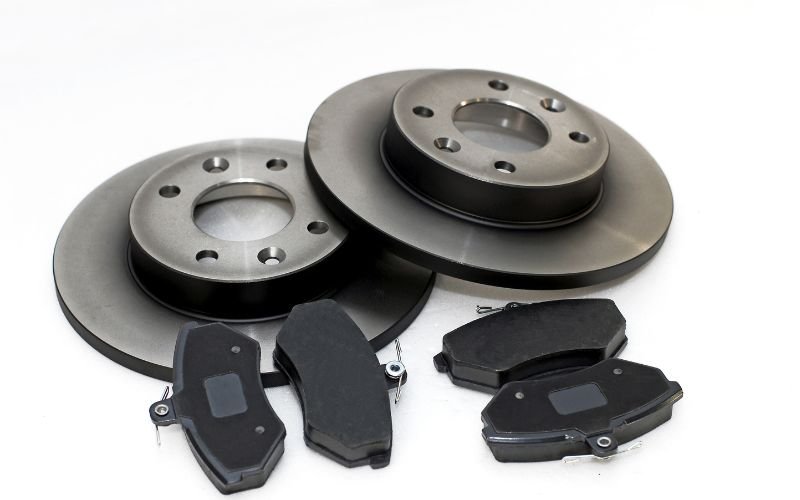
How Much Does Brake Repair Cost?
The cost of brake repair depends on multiple factors:
Factors Affecting Cost:
- Vehicle make and model
- Brake system type (disc vs drum)
- Severity of wear
- Labor rates (especially for local vs national chains)
- OEM vs aftermarket brake parts
Average Price Ranges in the USA:
| Service Type | Estimated Cost (USD) |
| Brake Pad Replacement (per axle) | $120 – $300 |
| Rotor Resurfacing (per axle) | $40 – $100 |
| Rotor Replacement | $200 – $400 |
| Full Brake Job (pads + rotors + labor) | $300 – $800 |
| Brake Fluid Flush | $80 – $150 |
| Master Cylinder Replacement | $300 – $500 |
Always ask for an estimate before proceeding with repairs. And remember: cheap does not always mean safe.
DIY vs Professional Brake Repair
With YouTube tutorials everywhere, you might wonder: Can I replace my brakes?
DIY Brake Repair:
Pros:
- Saves money
- Learn vehicle maintenance
- Satisfaction of doing it yourself
Cons:
- Requires tools, knowledge, and garage space
- Risk of incorrect installation
- No warranty or professional guarantee
Professional Brake Services:
Pros:
- Done by certified auto technicians
- Includes inspection of all components
- Guaranteed safety and performance
Cons:
- Higher upfront cost
Unless you are experienced in vehicle braking systems, we recommend professional brake repair for safety and reliability.
How Often Should You Get Your Brakes Checked?
There’s no one-size-fits-all answer when it comes to brake maintenance frequency. Your driving habits, climate, terrain, and vehicle type all play a role.
General Brake Maintenance Timeline:
- Brake Inspection: Every 6 months or 6,000–8,000 miles
- Brake Pad Replacement: Every 25,000–70,000 miles
- Brake Fluid Flush: Every 2 years or 30,000 miles
- Rotor Service or Replacement: Every 50,000–70,000 miles
If you are hearing noises, feeling vibrations, or noticing delayed stopping, do not wait for a scheduled inspection. Visit a local brake service shop immediately.
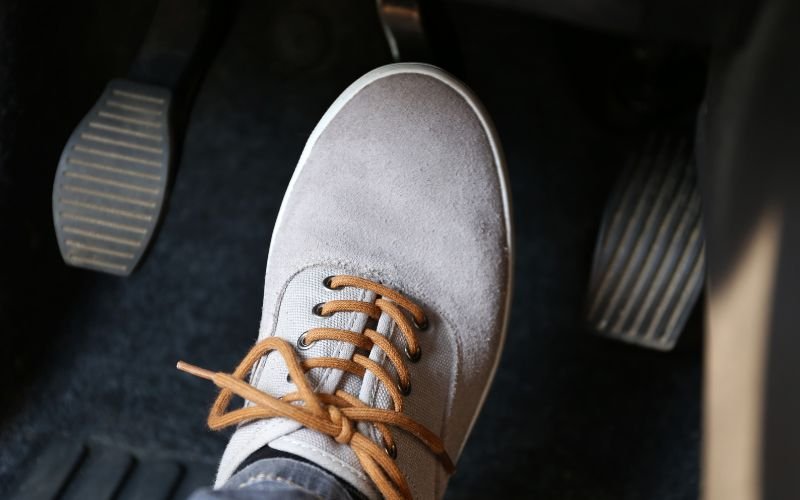
Types of Brake Systems and Their Maintenance Needs
Understanding the type of brake system in your car can help you stay ahead of costly repairs.
Main Brake System Types:
Disc Brakes (Most Common Today):
- Found on front and rear wheels
- Require regular brake pad and rotor service
Drum Brakes (Older or Rear-only Systems):
- More complex repair due to springs and cylinders
- Less responsive than disc brakes
Anti-lock Braking System (ABS
- Monitors wheel speed and prevents lock-up
- Includes sensors, control module, and hydraulic unit
- ABS light = issue in braking performance
Emergency (Parking) Brakes
- Separate mechanical or electronic system
- It should be checked if it sticks or does not hold
Each system requires unique attention. If you are unsure, ask your certified auto technician during your next service.
Choosing the Right Auto Brake Repair Services
With so many options available, how do you choose a trustworthy shop for your car brake repair services?
Checklist for Choosing a Brake Repair Provider:
- Certified mechanics (ASE or factory trained)
- Positive online reviews on Google, Yelp, or RepairPal
- Upfront pricing and transparent quotes
- Warranty on parts and labor
- Offers comprehensive brake service (not just pad changes)
- Clean, organized shop environment
You can also ask if they use OEM brake parts or aftermarket parts; both have pros and cons, depending on your budget and performance goals.
Tip: If you are looking for emergency brake repair or same-day appointments, call ahead and ask for availability. Some mobile brake repair services even offer on-site brake repairs, especially in metro areas.
Importance of Regular Brake Maintenance
Many drivers wait until a dashboard warning light appears or until their brakes squeak before taking action. But by then, the damage could be extensive.
Benefits of Routine Brake Maintenance:
- Safer driving and shorter stopping distances
- Reduced wear on brake rotors and calipers
- Fewer costly repairs down the line
- Better brake performance, check, and diagnostics
- Preserves vehicle resale value
Just like oil changes, routine brake checkups are a core part of keeping your car roadworthy.
Seasonal Tips for Brake Safety
Different seasons present different challenges for your vehicle’s braking system.
Winter Brake Tips:
- Salt and snow can corrode brake lines
- Cold temperatures reduce brake fluid efficiency
- Allow longer braking distances
Summer Brake Tips:
- Heat can cause brake fluid to boil
- High friction increases pad wear
- Inspect fluid levels and tire alignment
No matter the season, regular brake system diagnostics help keep you safe in all driving conditions.
Book Your Brake Repair Today
If you are searching for professional brake repair near you, trust a qualified service provider to get the job done right.
Hard CTA:
Book your brake repair appointment today with certified mechanics you can trust. Safe braking starts now.
Soft CTA:
Want to learn more about keeping your brakes in top shape? Subscribe to our blog for weekly car care tips and maintenance checklists.
Final Thoughts:
Your car’s braking system is the only thing standing between you and a potentially life-threatening situation. Ignoring brake issues, even minor ones, can lead to bigger problems like brake failure, warped rotors, or worse.
Whether it is your daily commute, a road trip, or just a quick run to the store, reliable brakes give you the confidence to drive safely. So if you have noticed anything off, do not put it off.
FAQs
How long does a brake job take?
A basic brake pad replacement takes 30-60 minutes per axle. A full brake service with rotor replacement and fluid flush can take 2-3 hours.
Is brake repair covered by insurance?
Generally, no. Brake repair is considered regular maintenance unless part of an accident claim.
What’s the difference between OEM and aftermarket brake parts?
- OEM (Original Equipment Manufacturer): Matches factory parts; higher cost
- Aftermarket: Varies in quality and price; good for budget-conscious drivers
Can bad brakes affect fuel economy?
Yes. Worn or sticking brakes create extra friction, reducing efficiency and increasing fuel consumption.
Is it okay to replace just the front or rear brakes?
Yes, but it depends on wear. Often, front brakes wear faster, but your technician may recommend a full set replacement for balance.
